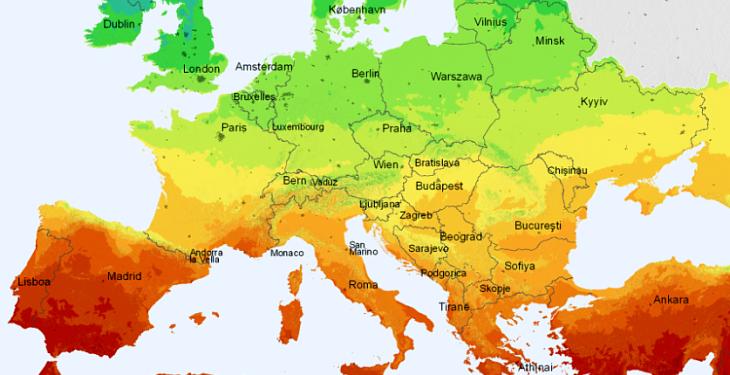Europe is currently in the first stage of photovoltaic solar development. Moving to the next phases, 2.0 and 3.0, will require a smart new Green Deal that avoids the “boom-and-bust” developments of the past and leverages private investment to achieve high renewable energy goals, writes Stefan Degener, First Solar’s Head of Business Development for Europe and Africa and a member of the Board of Directors of Solar Power Europe, for Euractiv.com.
As the chorus in favor of raising Europe’s renewable energy targets grew throughout 2017, it remains to be seen if 2018 will be the year in which the European Union takes a step towards embracing the recommended goal of having 35% of its electricity generated from renewable sources by 2030.
By most accounts, upsizing the current commitment of 27% is the only feasible path to realising the region’s carbon-reduction obligations by 2030, and, for all practical purposes, an upward revision of eight percent is not unachievable.
However, concerns remain about the so-called ‘ambition gap’ – a reference to those member states whose national renewable energy programs simply do not sufficiently contribute to the EU 2030 target – and the ‘delivery gap’ which refers to shortfalls in national contributions.
It is becoming increasingly apparent that Europe requires a smart new Green Deal; one that avoids the mistakes of wrong allocation and “boom-and-bust” developments of the past and leverages the potential of private investment to achieve stretch renewable energy goals, while also pushing for the evolution of power generation systems and the reliable design of markets and regulations in which they operate.
What would such a deal include?
It would recognise that the key to delivering on a 35-by-2030 target is an initiative that is already on the EU legislative agenda: electricity market design. Revisions to the common rules for the internal market on electricity make allowances for cross-border grid integration, while also enabling the investments required to fulfill Europe’s obligations under the Paris Agreement.
A probable effect of modernising the framework of electricity markets is that it would allow members states to use the power of private investment to absorb a significant amount of the expenditure needed to ramp up the region’s energy generation portfolio.
This untapped potential has reached critical mass – as is evident from the corporate response to the RE100 initiative, the French Business Climate Pledge, and other initiatives – and large corporations are waiting for the right mechanisms that will allow them to deliver on their own renewable energy goals. This offers legislators a win-win scenario that directly addresses the ambition and delivery gaps.
A smart Green Deal must have a focus on the future, defining a clear, accelerated path towards what we call Solar Energy 3.0.
Explained in the photovoltaic solar context, Europe is currently in the first stage, 1.0, with energy-only contracts, challenges in matching load versus solar generation capacity, penetration limited to 15 to 20% of total generation capacity, and constant debate about dispatchability.
The next phase, 2.0, uses advanced plant control systems to strategically manage the output of a solar power plant to create spinning reserves and other ancillary grid services. As the markets evolve towards energy and capacity contracts, photovoltaic solar can provide grid reliability services and the kind of flexibility that grid operators value, while enabling penetration of approximately 40%.
Phase 3.0 delivers fully-dispatchable solar using energy storage and time-shift techniques to contribute to firm generation capacity. With the potential for as much as 80% penetration, this places solar energy on par with thermal generators, presenting the EU with a substantive response to longer-term climate ambitions.
Additionally, to truly benefit from the economies of large-scale solar, while simultaneously driving progress towards Solar 3.0, Europe must also rethink its approach to sizing utility-scale projects. Current limitations are self-defeating.
And finally, a future-focused Green Deal will also recognise the need for Europe – in line with its Knowledge Economy goals – to lever its strengths and focus on enabling innovation across the downstream value chain rather than expend efforts on attempting to revive or protect its industrial aspirations.
